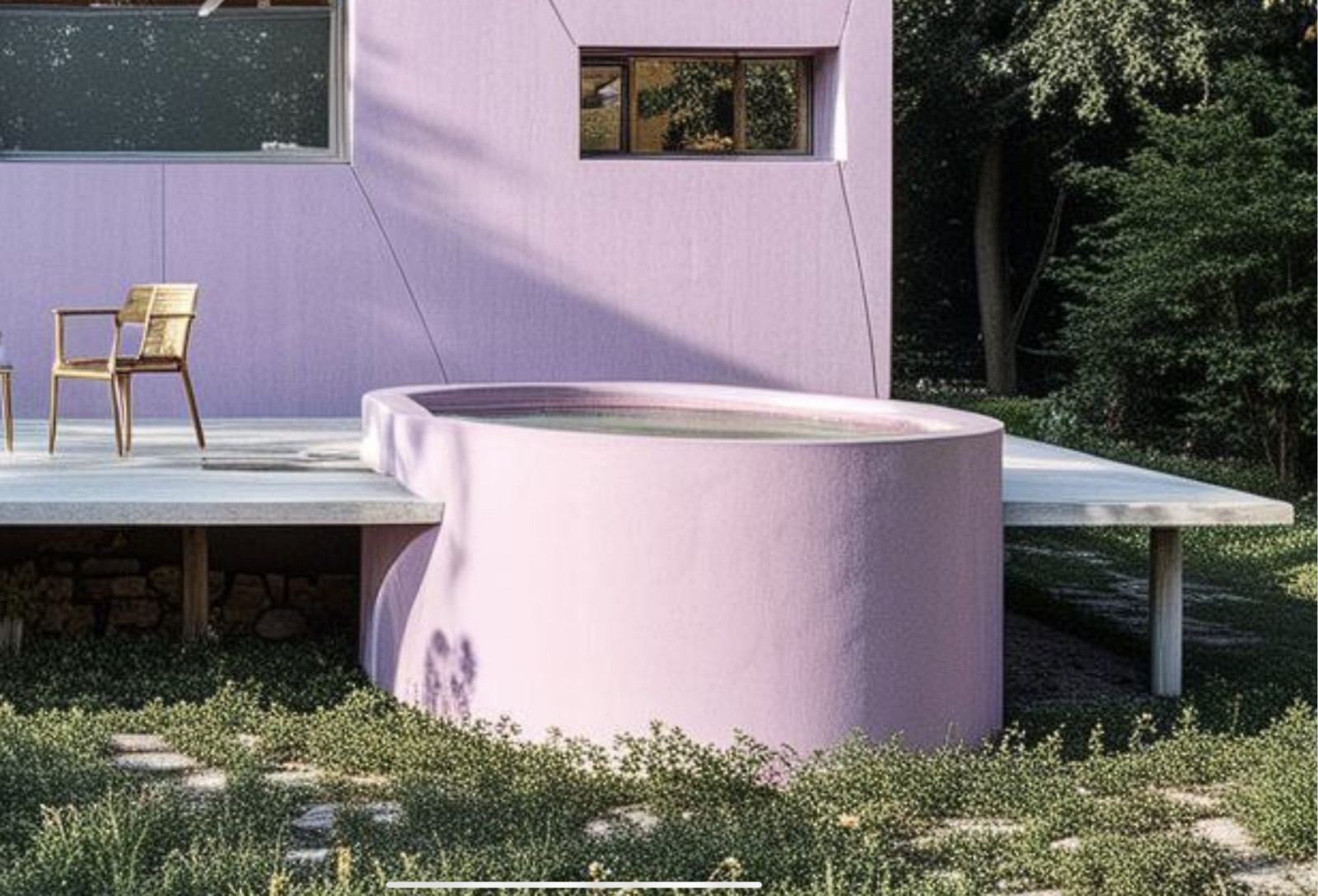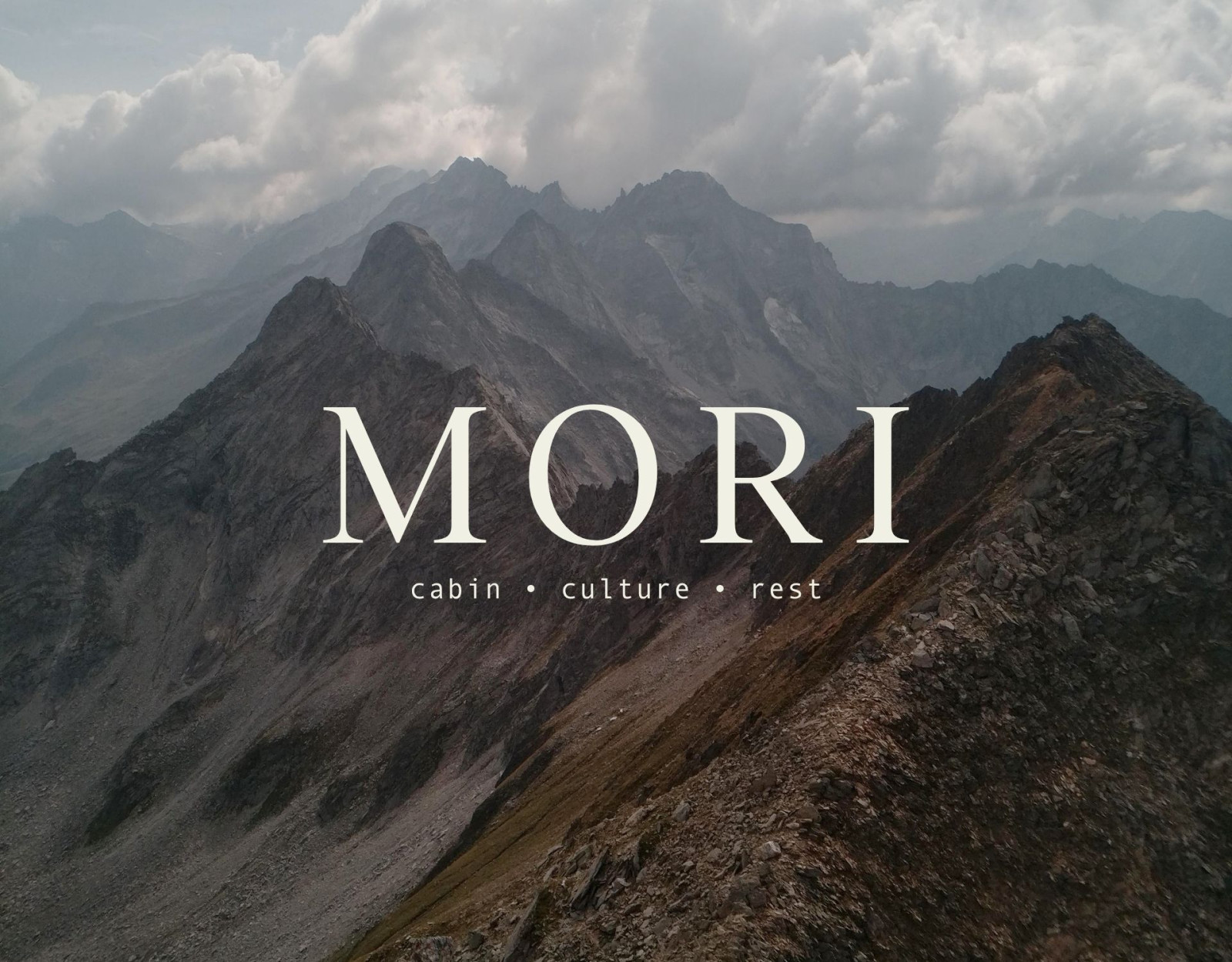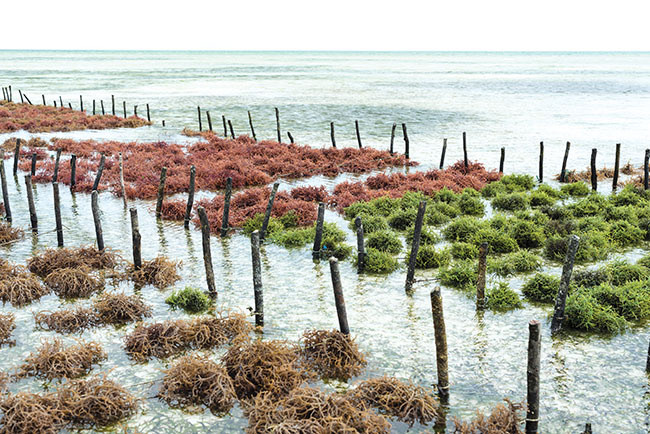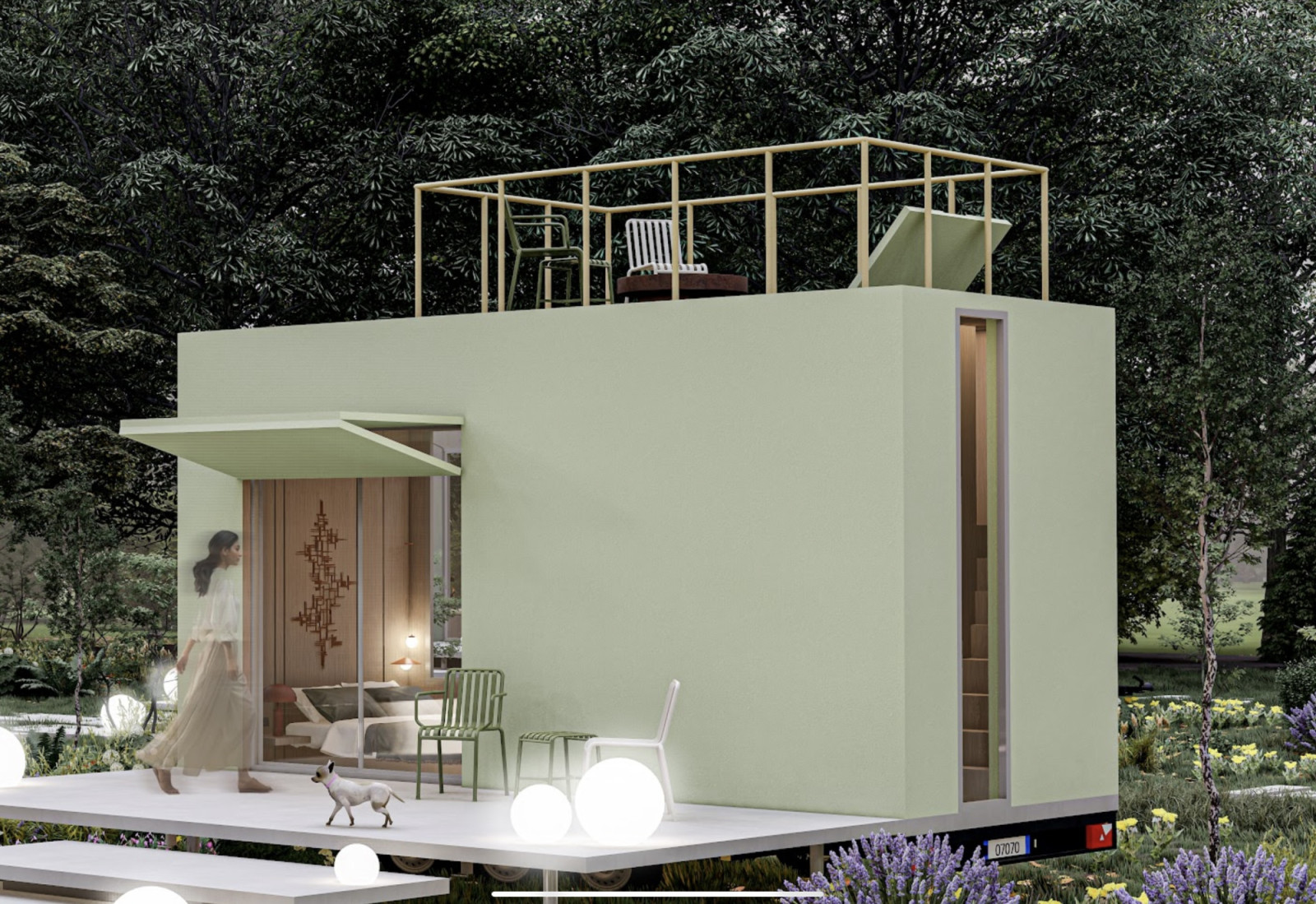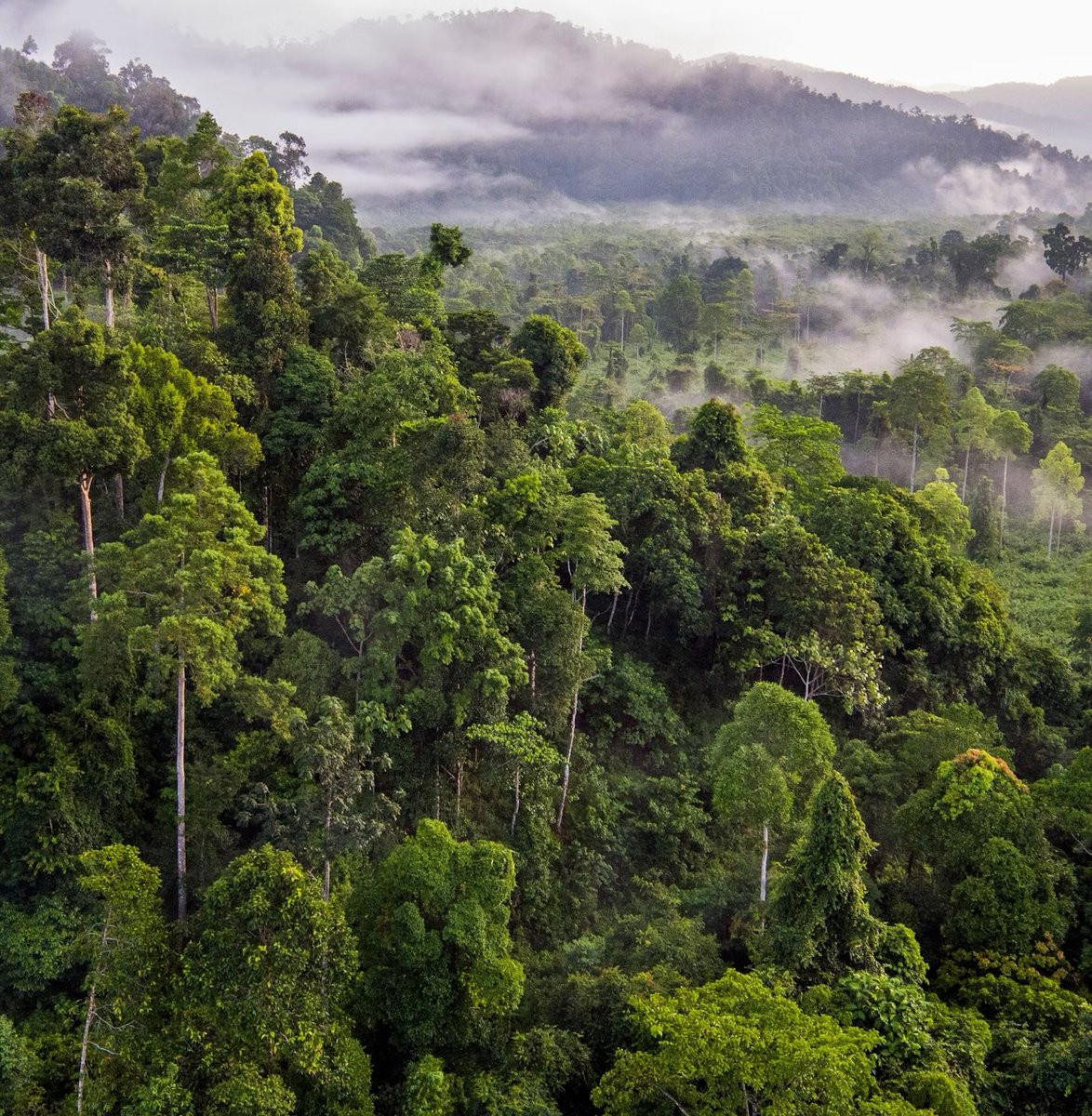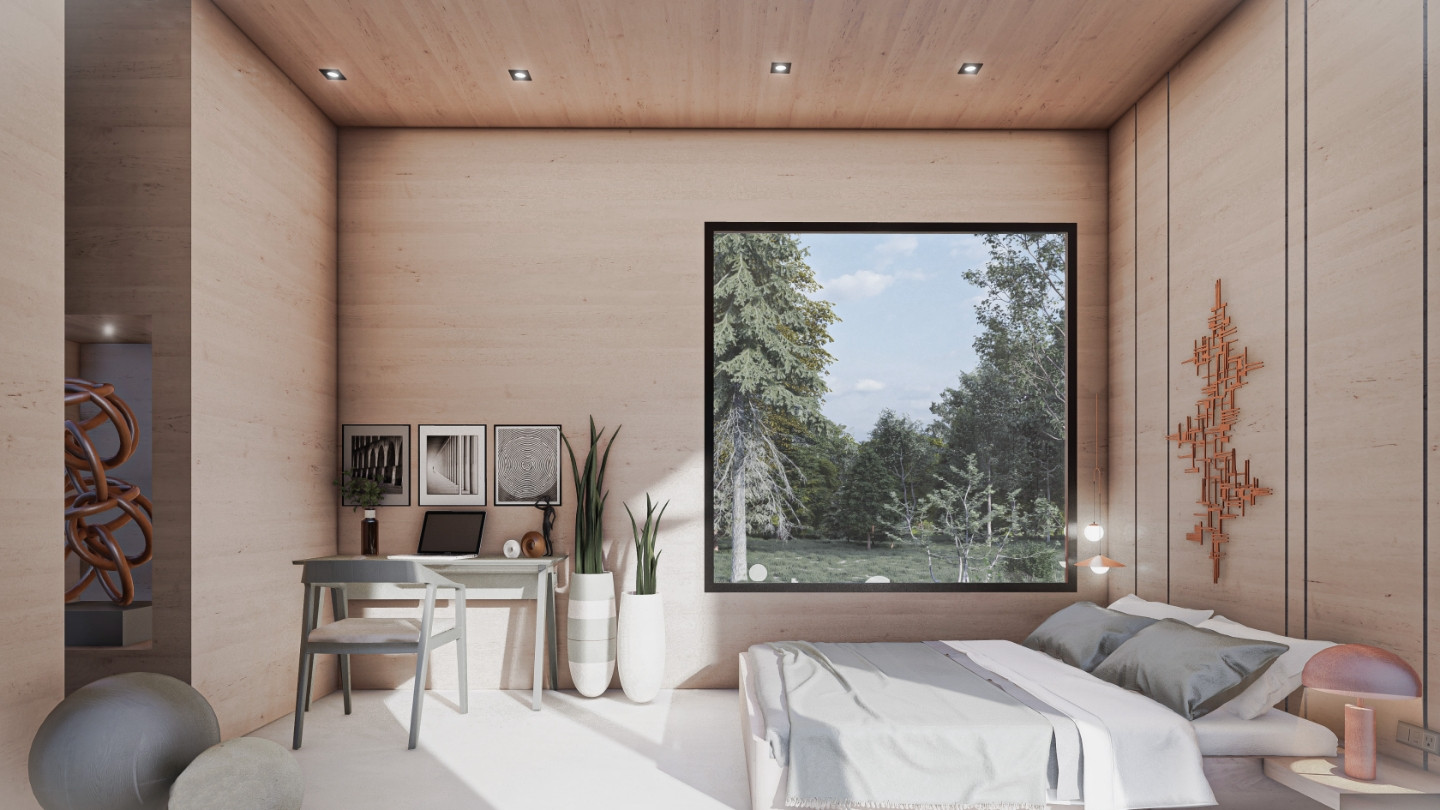At Mori Cabin and through Mori Learning, we explore how land design can work in harmony with natural systems. Whether you're planning a small garden or a larger landscape, here are key principles to guide a nature-based approach.
1. Observe Before You Design
Spend time understanding the land—its soil, water movement, sun exposure, and existing plant life. In our workshops, we emphasize observation as the first step in creating a design that responds to natural patterns.
2. Work with Native Plants
Choosing plants suited to the local climate and soil conditions reduces maintenance, supports biodiversity, and enhances resilience. Native species also create habitat for pollinators and wildlife.
3. Design for Water Resilience
A well-designed landscape captures and slows water movement through techniques like rain gardens, permeable surfaces, and strategic planting. Water-sensitive design is key to sustainable land stewardship.
4. Create Functional and Seasonal Zones
Design areas that evolve with the seasons—shade in summer, wind protection in winter, and edible or medicinal plants that provide year-round benefits. Mori Cabin’s design philosophy integrates nature’s rhythms into daily life.
5. Allow for Regeneration and Wild Spaces
Not every part of the land needs to be controlled. Leaving areas for natural regeneration supports soil health, wildlife corridors, and ecological balance. A nature-based approach embraces both designed elements and wilder spaces.
At Mori Cabin, we believe in designing with nature, not against it. Through Mori Learning, we offer workshops on landscape curation, regenerative gardening, and ecological design. Join our next webinar to explore these principles in depth and learn how to bring a nature-based perspective to your own space. Stay connected for upcoming sessions.


